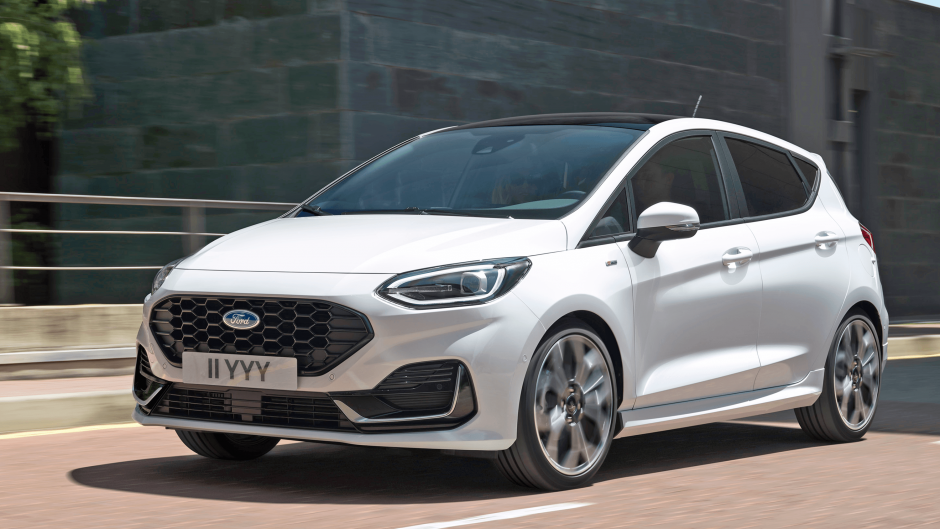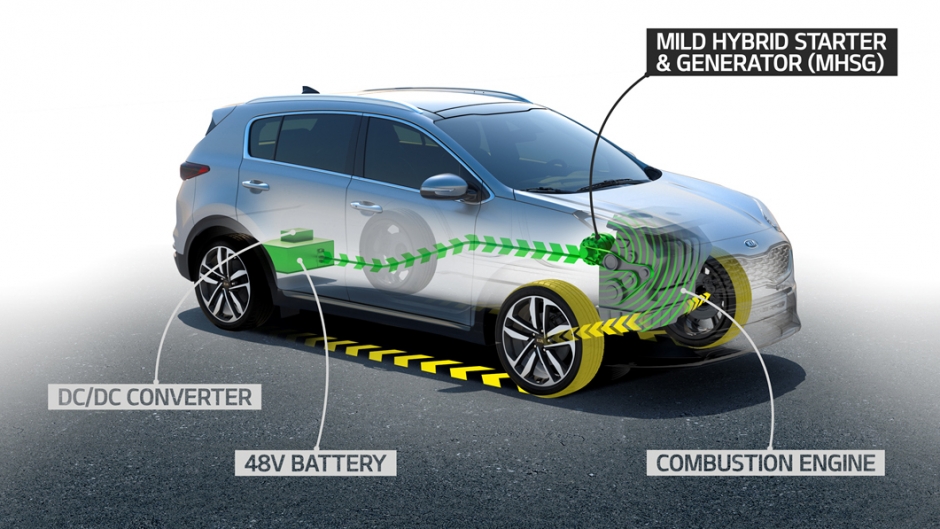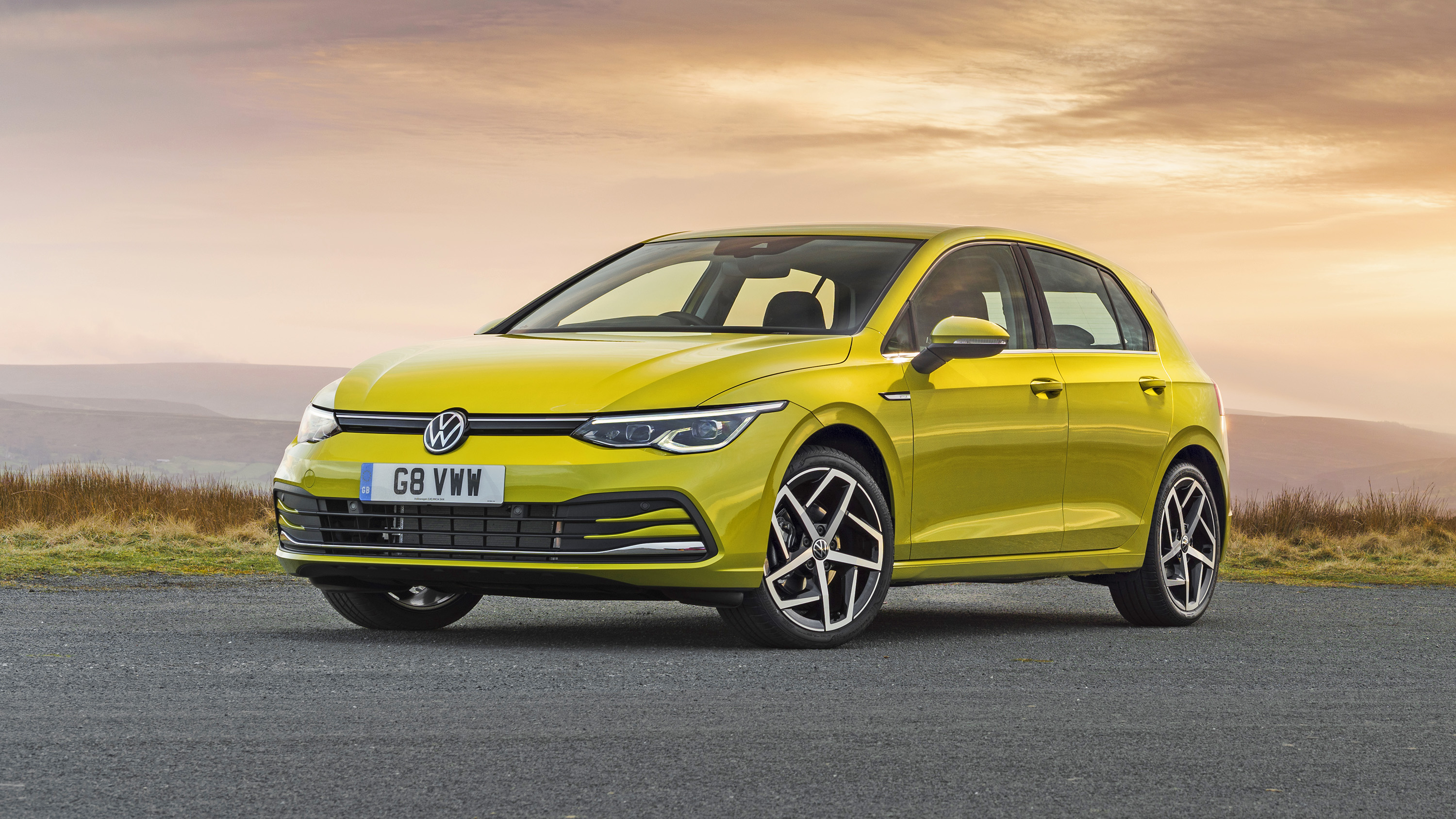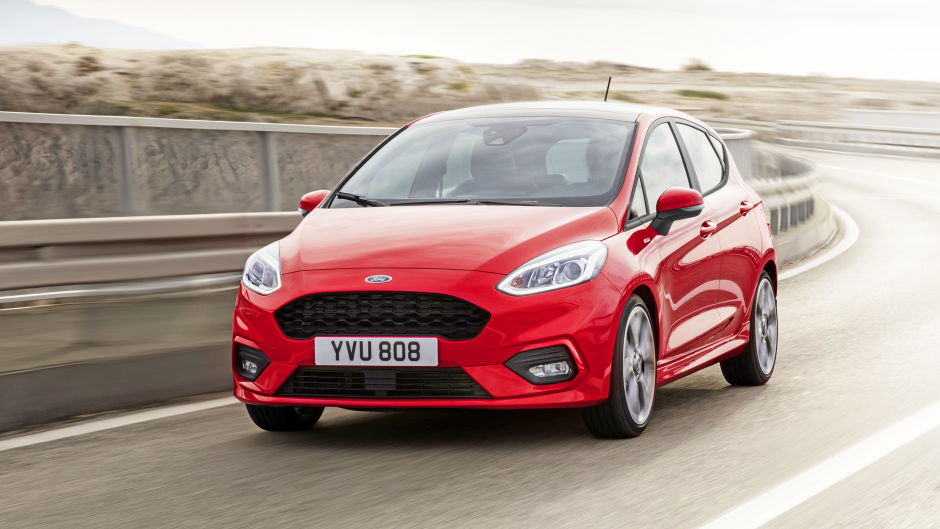What is a mild hybrid car?
A boost to fuel economy without the cost of a full hybrid car: why mild hybrid technology could well be coming to your next car.

Greener cars are becoming increasingly popular with buyers concerned about the environmental impact of their driving. Car manufacturers have innovated new technologies to help us travel further whilst also reducing our vehicles emissions, and hybrid technology is one of the leading solutions that’s helping us reduce our environmental impact.
Over the past decade we have seen the motoring industry take a sharp turn towards efficiency, developing hybrid technology designed to reduce the exhaust emissions of their cars and limit their impact on the environment. There are different types of hybrid car, though, and each has a distinct approach to improving fuel efficiency: plug-in hybrids, full or self-charging hybrids, and mild hybrids.
This guide will focus on the mild hybrid. Mild hybrids use a small electric motor to aid the combustion engine under different driving scenarios, helping to reduce the amount of fuel burned, improve efficiency and reduce emissions.
Cars with mild hybrid engines are designed to drive very similarly to a vehicle with a traditional combustion engine. Other hybrid systems, such as plug-in hybrids, feel completely different to what many drivers are used to, and require a learning curve to get used to the new technology.
Mild hybrid setups offer a great starting place for those looking to reduce their carbon footprint and increase their fuel economy whilst retaining a similar driving experience to what they are used to. These small electric motors don’t provide the extraordinary fuel economy of other hybrids, but are more approachable and easy to get to grips with.
Mild hybrids are also the most affordable type of hybrid car. Mild hybrids don’t feature as much of the expensive technology and complex wiring you’d find on a full hybrid system, which helps to reduce overall costs. A mild hybrid will also prove to be the most convenient hybrid when it comes to daily life, too. You won’t need to charge any batteries, simply drive it and refuel with petrol or diesel whenever you need more miles.
What is a mild hybrid car?

A car with a mild hybrid engine uses a traditional combustion engine to provide power to the wheels, but uses a small electric motor to assist with acceleration.
This small electric assistance helps support the petrol or diesel engine and helps reduce the amount of fuel it burns, making it more efficient. This leads to better fuel economy - meaning that your fuel bills are a little lower than they would otherwise be - and you get lower CO2 emissions from the exhaust.
Some systems also allow the engine to be switched off for short periods while the car is travelling at a steady speed, further improving efficiency.
Mild hybrids: pros and cons
Pros
✔ Cheapest type of hybrid car
✔ Some fuel economy benefits
✔ Performance improvements
Cons
✘ Limited improvement in efficiency
✘ More expensive than non-hybrid cars
✘ Small number of models so far
How do mild hybrid cars work?

Mild hybrid cars usually have a 48 volt battery that can deliver more power than the standard 12 volt battery that’s under the bonnet of most cars. The example of the Kia Sportage, above, shows the battery at the back of the car.
These batteries can store more energy than the batteries of a conventional car, but they are much smaller than those in other types of hybrid car. A full fledged hybrid such as the Toyota Prius, for example, can store three times as much electricity as mild hybrid Audi A7 or Kia Sportage.
The additional battery is used to drive a small motor next to the car’s engine. In some systems, such as those used by Kia, the battery powers the motor under acceleration, reducing the need to work the engine hard, which is particularly inefficient.
In other mild hybrids, the motor can keep the car going at a steady speed, which doesn’t require a great deal of energy, allowing the engine to be switched off - for up to 40 seconds in mild hybrid-powered Audis. During this time the car doesn’t burn any fuel - helping to reduce your fuel bills and cut the emissions of the car.
The batteries will recharge by recovering energy as the car slows down and brakes. They can also be recharged during steady driving, when the car calculates that it is efficient to do so. This ensures that the hybrid tech causes the least possible drain on the petrol or diesel engine and provides the greatest electric boost possible.
Used mild hybrid cars
Of all the hybrid options on the market, mild hybrids make up the smallest percentage at the turn of the 2020s. Due to their 'mild' nature, their impact on efficiency is much less pronounced, and while prices for mild hybrids remain higher than regular petrol or diesel alternatives, they aren't as expensive as plug-in hybrids, which feature much larger battery packs and more substantial electric motors.
Used car deals. however, see that price gap close almost completely. So, if you fancy saving yourself a bit of fuel money each month, a used mild hybrid might be a convenient way to go about it. Used mild hybrids are likely to become available in ever greater numbers as this tech is integrated into ever more new cars.
Common examples of mild hybrid models available now are 'MHEV' versions of the Mazda 2 and Mazda 3, a number of Audi 'S' models, and several versions of the Kia Sportage and Hyundai Tucson. Suzuki also implements mild hybrid technology in the Swift and Ignis ranges, in models which are labelled 'SHVS'.



